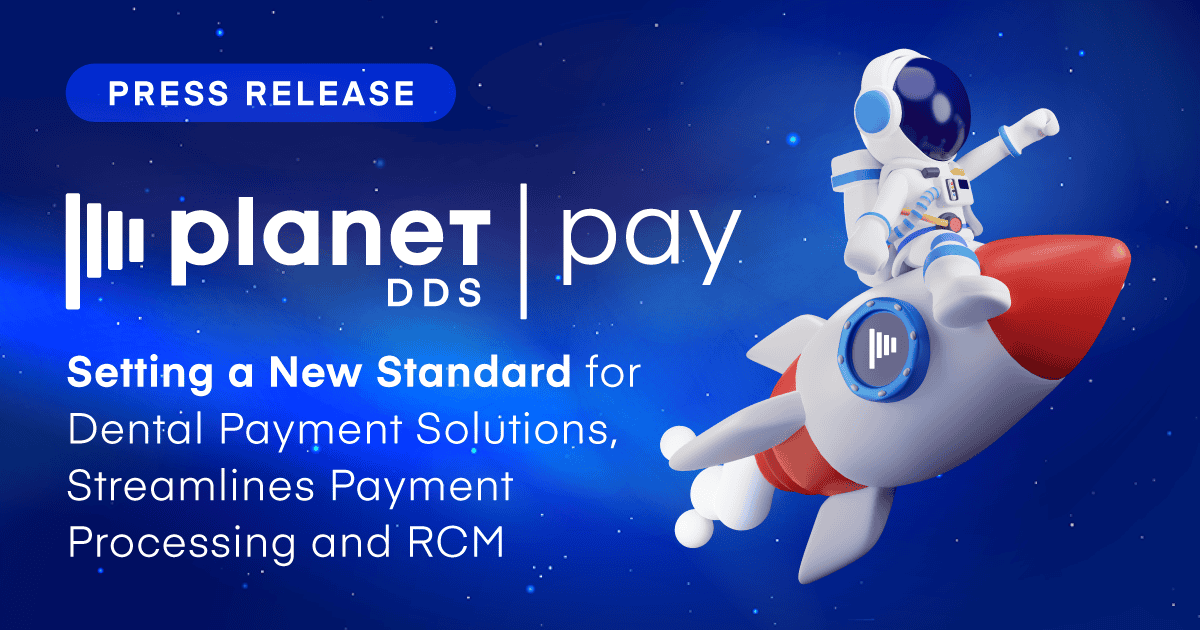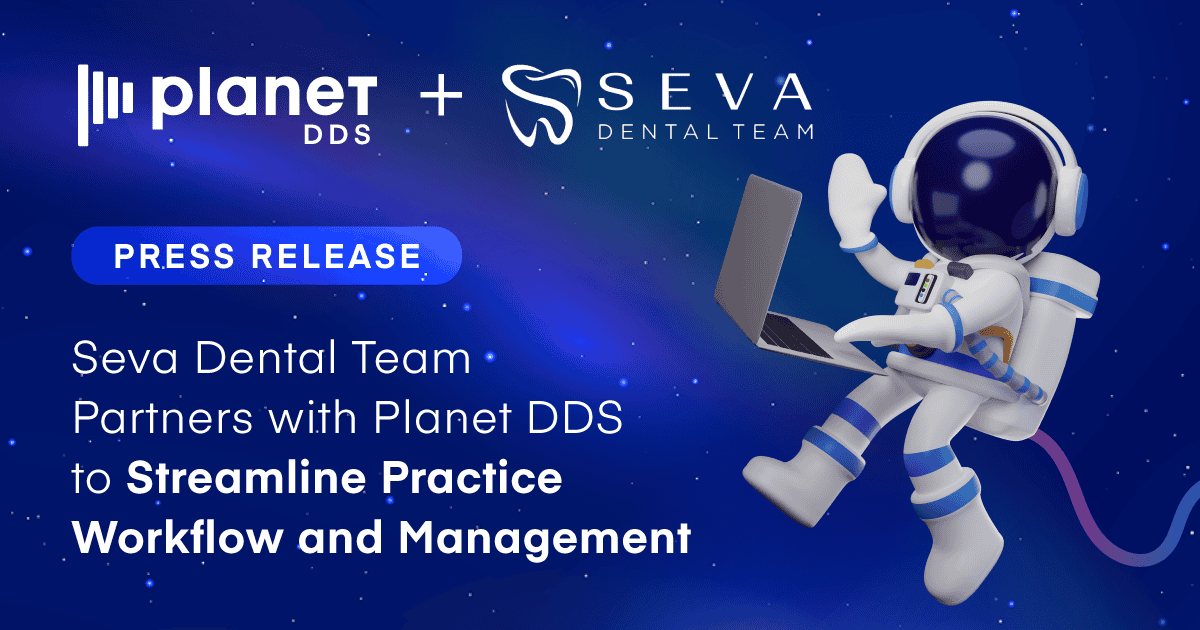Top 5 Ways A Cloud-Based Practice Management Platform Makes the Orthodontic Team’s Day Easier
Managing a successful orthodontic practice takes not only a talented and dedicated staff, but also the right tools to allow the staff to perform at their best.

Managing a successful orthodontic practice takes not only a talented and dedicated staff, but also the right tools to allow the staff to perform at their best. The right practice management platform can improve the office workflow, benefitting staff and patients. Below are five ways cloud-based practice management software can make the orthodontic team’s day easier.
Speed
Working all day on a conventional server-based system can be frustratingly slow, which throws a wrench in the office workflow. Going to the cloud allows for faster functionality, even when dealing with large files. Mindy Leaman, office manager at Lancaster Orthodontic Associates, Lancaster, Pa., switched to a cloud-based software back in 2012.
“We are a four-location practice right now, and at the time we had three offices,” Leaman explains. “We had to rely on our central server at our home office that would have to transmit all of the charting and images. With our old software, if you were trying to load a chart or an image at a satellite location, it might take up to 3 minutes because it had to talk to the server. This was really not conducive to chair time for us. We needed to be faster.”
With all of the information on the cloud, office staff can view what they need instantly and move on to the next task. The speed and reliable performance of the software makes a big difference in how deftly an office can move day in and day out.
Convenience
If orthodontists are planning on operating multiple locations, the cloud offers maximum convenience. “You can run three, 10, 12, 20 locations all from the same piece of software, and they all talk to each other and interact,” says Allison Parks Hale, chief operations officer at Parks Orthodontics, York Town, Va.
Switching to a cloud-based system means getting rid of a lot of headaches that come with maintaining expensive hardware. Because there is no need for a physical server onsite, offices can free up space. Another benefit is that there is no more downtime for backups. All of the data is hosted offsite in the cloud.
Software updates are pushed out automatically with the cloud, so that means practices no longer need to spend time and effort managing updates on servers or individual workstations. Offices can remain current with the latest version and new features without the need for additional steps.
When you are less focused on the tools you are using, you are, in theory, more focused on the patient.
– Kevin Simmons, Director of Product Management and Customer Success at Cloud 9 Software
Efficiency
An orthodontic practice performs best when every patient opportunity is maximized. Cloud-based software offers unparalleled efficiency when it comes to important administrative tasks.
“Cloud-based software allows you to more easily coordinate patient information all in one place,” explains Tonya Gray, product manager for pediatric dentistry at Cloud 9 Software. “Without cloud-based software, office managers must frequently enter the same information in multiple areas, and they have to do it multiple times because they are sometimes using more than one kind of software.”
Another important feature is a tracking system for where patients are along the treatment spectrum. Customized alerts can be set to remind staff to follow up on patients who are overdue to come in or could be ready for braces. When staff members have time, they can review the notes on the pending status list and extract a convenient report for follow-up. This helps orthodontic practices catch opportunities to increase their case acceptance rates and convert patients in observation to active treatment.
“Within Cloud 9 [cloud-based software] we have reports that focus on making sure that every patient who comes in either ends up in braces or you take them off the radar and don’t waste their time or yours,” says Simmons.
An efficient workflow also helps all office staff grow in their professional development. With free time, they can take online training courses or attend webinars. Instead of feeling overwhelmed by the daily administrative tasks, employees can feel invested in their future at the practice. The value of these benefits is hard to measure, but mean a great deal to staff and can help with retention.
Communication
Practices that switch to cloud-based software may be surprised at how robust the tools are for easy communication with patients. This makes the staff’s day easier by freeing them up from scheduling appointments, making reminder phone calls, and managing referrals.
“Cloud 9 [cloud-based software] does excellent text and email reminders,” Heather E. Wyman, certified dental practice management administrator at the Massachusetts-based (and multi-location) Cordes Orthodontics. “They allow you to send messages and texts directly from the program to patients…Also part of the communication is that we can communicate through the program to dentists using emailed letters and referrals, and that saves us a lot of money on postage because we can now email dentists directly from our program.”
The COVID-19 pandemic has made remote communication with patients more important than ever. For example, instead of patients and families checking in and then sitting in the waiting room, they can alert staff when they arrive and come in when it’s their turn to be seen. Texting has made this process easy.
“When patients come for their appointment, almost every office now is doing some kind of two-way texting application,” says Chris McElvy, senior trainer at Cloud 9 Software. “Most of them are utilizing some of the vendors that integrate directly with Cloud 9 for two-way texting.”
Scheduling appointments has also changed. It used to be when patients walked out after clinical visits, they would go to the front desk and schedule the next appointment, usually with mom or dad. Some offices will now go ahead and simply schedule that next appointment, alerting families of the time and advising them to call in case of a reschedule.
“With so much going online, offices benefit from crisp online interaction where patients, or mom and dad, can go onto their website and schedule that next appointment,” McElvy says. “So that’s another big change for offices, and better software can help.”
Work-Life Balance
Cloud-based software is available 24/7 from any computer or mobile device, on any browser. As long as there is an internet connection, staff can pull up information on any patient from the office, from their home, or on the road. Remote connectivity is turning out to be a big help for orthodontic practices looking for flexibility.
Amy E. James, DMD, MS, owner of Dr. Amy James and Associates, Haddonfield, N.J., loves that she can access the platform without being tied to the office. This work-life balance comes in handy especially when she is traveling for personal or business reasons.
“It’s very hard to go away and leave your business—there’s always something you have to check on,” she says. “With cloud-based software, on every plane, every beach, every hotel lobby, every breakfast bar, I can just get onto my laptop wherever I am and finish my notes. That’s probably been one of the biggest advantages, and it makes life a lot easier.”
Originally posted on Orthodontic Products online.



